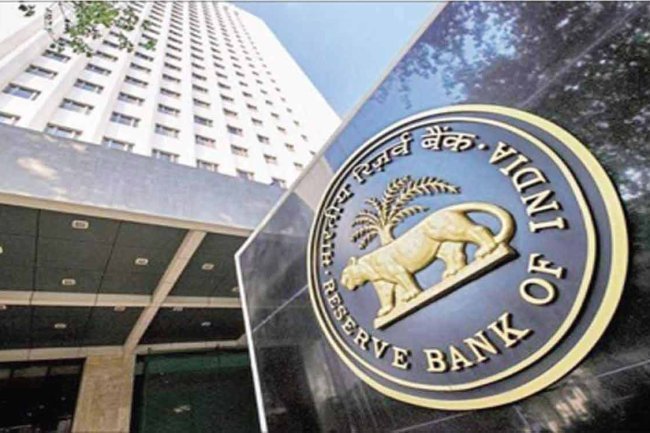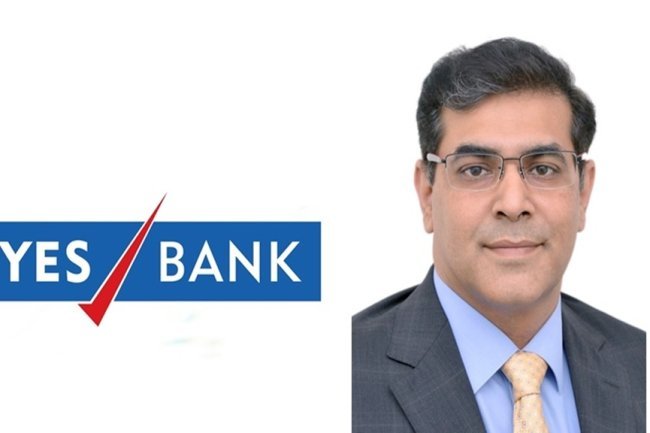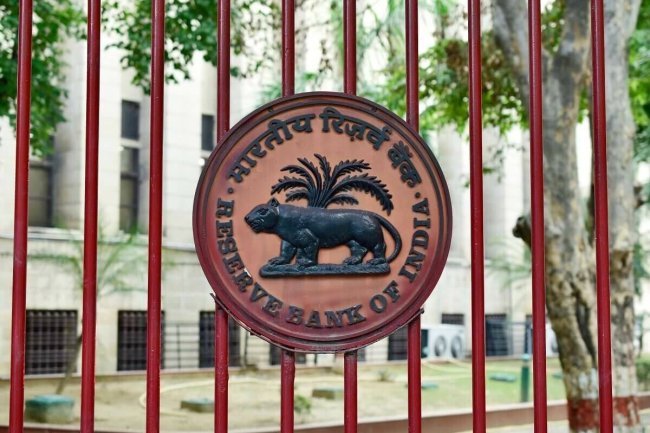Indian Banks Cut Expenses Amid Rising Credit Costs and Higher Slippages
Indian banks are cutting expenses to manage rising credit costs and higher slippages, particularly in unsecured loans and microfinance segments. Many private sector banks have reduced operating costs by lowering staff strength and trimming IT and branch-related expenditures to maintain profitability amidst challenging conditions.

Indian Banks Cut Expenses Amid Rising Credit Costs and Higher Slippages
MUMBAI: Indian banks are tightening their expenses as margins and profitability face pressure due to increased credit costs and rising slippages, particularly from unsecured loans and microfinance segments. Most private sector banks that have reported their earnings for the September quarter show a clear trend of reduced operating expenses by scaling back on staffing, IT expenditures, and branch-related banking costs.
Banks Tighten Controls to Maintain Profitability
As credit costs rise and defaults in certain segments increase, banks are seeking ways to maintain profitability. Many private banks have implemented cost-cutting measures in response to the challenges posed by higher slippages in the unsecured lending and microfinance portfolios.
By optimizing staff numbers, banks are reducing personnel expenses, while IT and branch banking-related costs are also being minimized to control overall expenditures. These steps reflect an industry-wide effort to safeguard margins amidst a challenging economic environment.
Strategic Reductions to Combat Profitability Pressure
The recent earnings reports reveal a strategic shift among banks towards expense management. The goal is to counterbalance the impact of rising credit costs and maintain profitability despite challenging conditions. By focusing on reducing operating costs, Indian banks aim to mitigate the financial strain caused by slippages and maintain healthier balance sheets.
Conclusion
Indian banks are proactively addressing the challenges posed by increased credit costs and higher slippages by cutting expenses. These efforts highlight a strategic approach to maintaining financial stability in a period of rising defaults and economic uncertainty.
Click Here to Visit
What's Your Reaction?
















